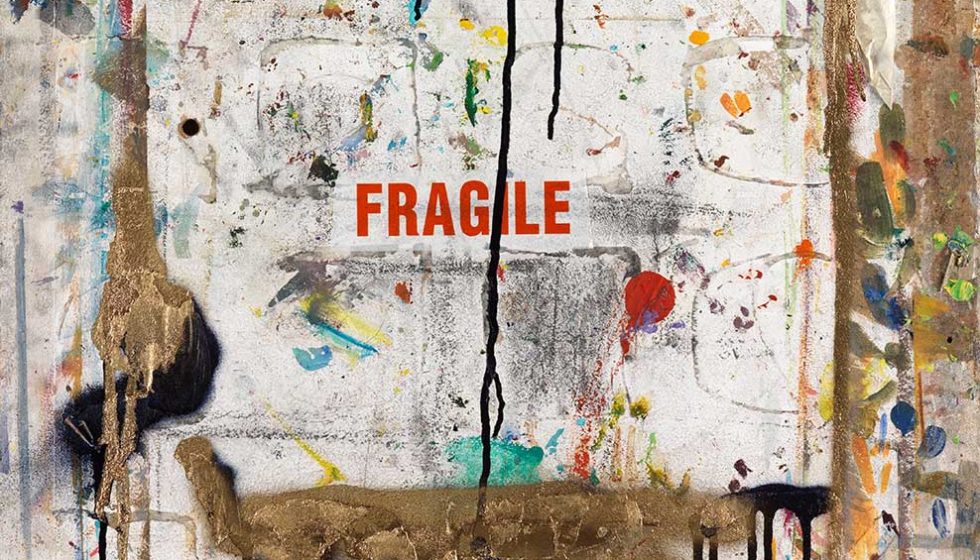Disruptive technology
Trying to sell art via the Internet is nothing new, and many startups with such a goal quickly appeared and disappeared in the late 1990s. What makes this latest round of digital mania more likely to succeed, is the fact that a wide range of new ground-breaking technology has appeared in recent years.
If a little more than a decade ago, Christies and Sotheby’s were still trying to improve their websites to upload their entire catalogue, today these auction houses are holding full-fledged online auctions. In addition, they engage powerful digital marketing tools such as social media: Instagram, Facebook, Pinterest and more.
While there are a number of crucial technological elements making this change possible, I want to focus on something that offers the most potential for radically changing the art market: blockchain, “the system of public decentralized digital ledgers.” This technology is helping art professionals to work more efficiently when it comes to provenance, authenticity and investment. (UBS, 2018, p. 246-250)
Originally created about nine years ago to power the controversial and volatile crypto-currency, Bitcoin, today blockchain is helping artists to make digital art and establish their full and clear ownership of their artwork. (DB Block, July 11, 2017)
Some experts will argue that the art market has in fact prospered for decades, precisely due to the lack of transparency and lack of regulation, making it very much an insider’s market.
As we seeing now, new technology has the power to push the market towards more transparency, efficiency and fairness. How exactly can blockchain make a difference in the art world? Let’s take a quick look.
Probably the main challenge that art experts face when determining the authenticity of any given artwork, especially those dated before World War II, is to find reliable and authentic information that establishes the continued chain of ownership since the artwork in question was first created.
By using blockchain’s secure system, art dealers and collectors can now safely register information relating to past and current ownership and then register further information every time the artwork changes hands. For example, ArteQuesta is an art investment company that is using blockchain to track and register provenance. Also, Ascribe is helping contemporary digital artists to register the works they create. (UBS, 2018, p. 246-250)
Artory, the secure registry of artworks founded by Nanne Dekking, the current head of TEFAF and a former Sotheby’s vice president, said that research shows that collectors and art world professionals are ready to embrace transparency. According to a 2017 Deloitte Art & Finance report, 75% of art professionals and 64% of collectors want the art market to meet standards of greater transparency. (Deloitte, 2017, p. 24)
Thanks to blockchain registries it will be possible to see, in real time, whether there is an authentic title to an artwork. This is important because provenance is key to value. “We found that it’s not necessary for everyone to learn the ‘ins’ and ‘outs’ of blockchain to understand the benefits of immutable information,” said Lindsay Moroney, COO of Artory, adding that about 85% of art buyers want a certificate as proof of ownership. (New Art Academy, March 2018)
It is expected that 75% of auction houses, 30% of dealers and 20% of galleries will offer blockchain technology within the next five years. (TEFAF) Blockchain can also be useful to record information about the exhibition of an artwork: when and where it was displayed, for how long, and even how it was transported from point A to point B.
“The security of the platform ensures an object’s data is verifiable to law enforcement and associated parties, whilst keeping the identity of the individual confidential. The immutability of the technology is paramount to the consensus that exists between the invested parties, who do not need to trust each other. They only need to trust the operating mechanism that enables the consensus to exist.” (Greenhill, Artvisor.com, May 9, 2018)
Thanks to the technology revolution, information will no longer be shrouded in secrecy and kept under wraps by a few power brokers. It might take a year, ten years or more, but blockchain will catch on. Those who don’t modernise will simply be left behind.
